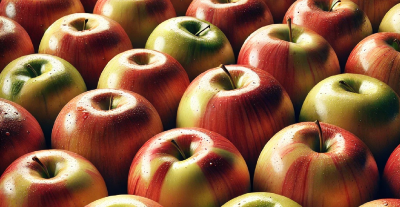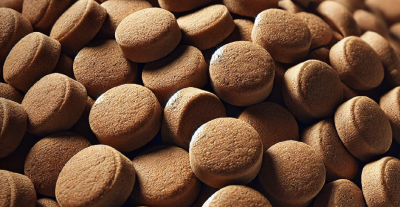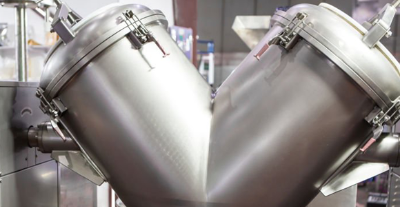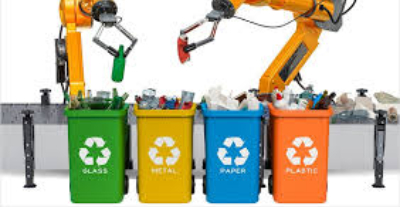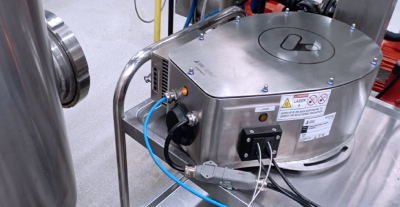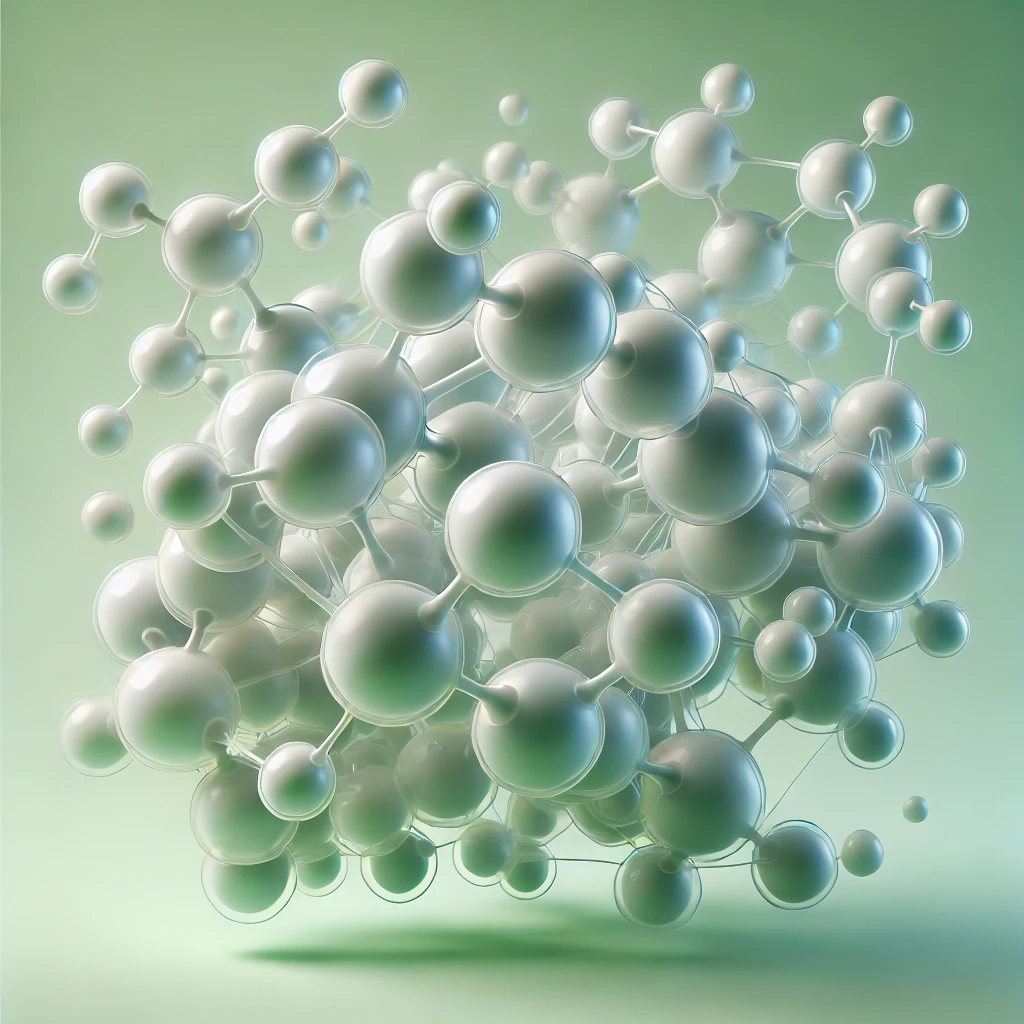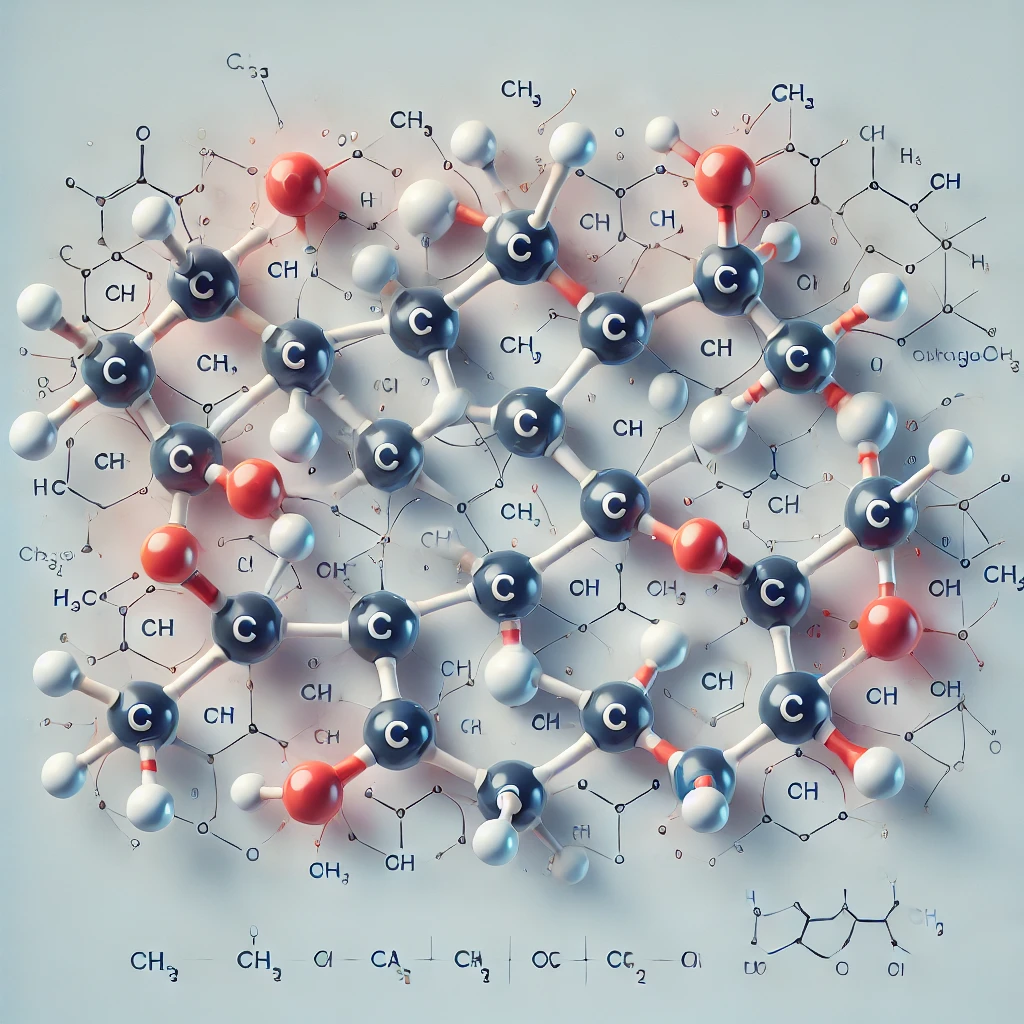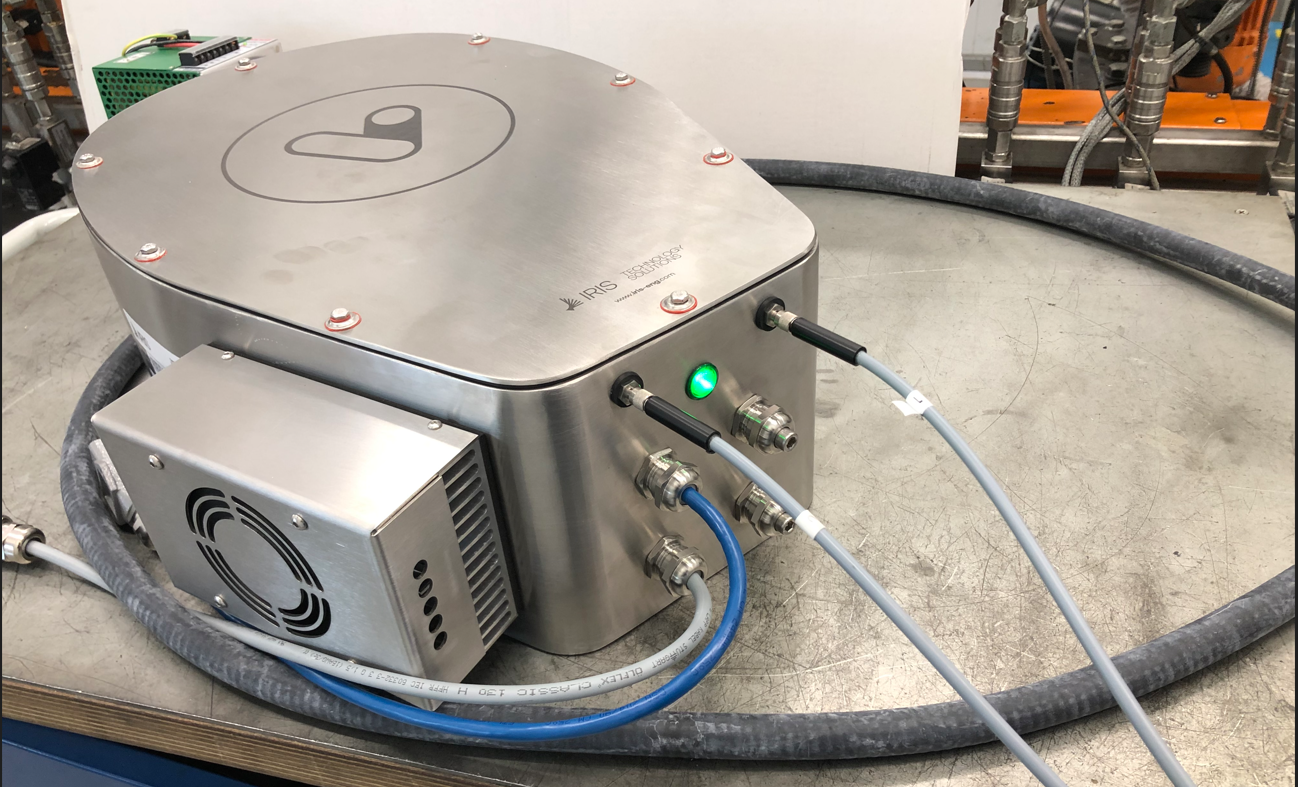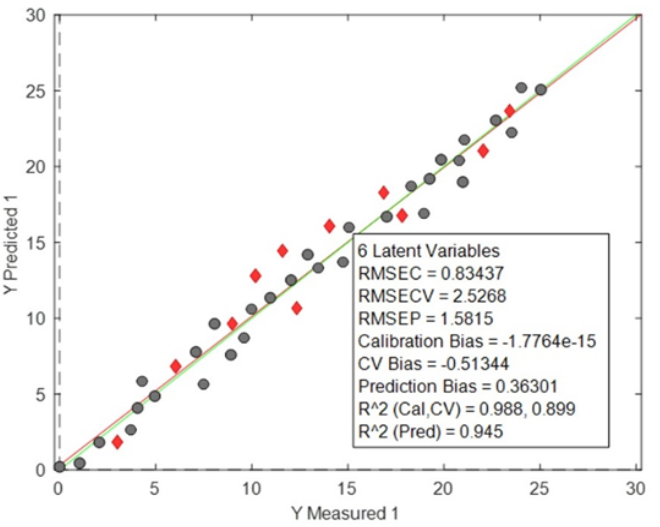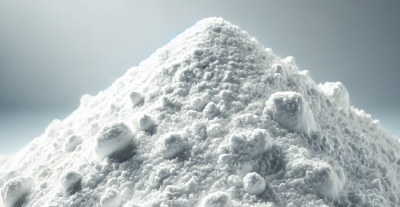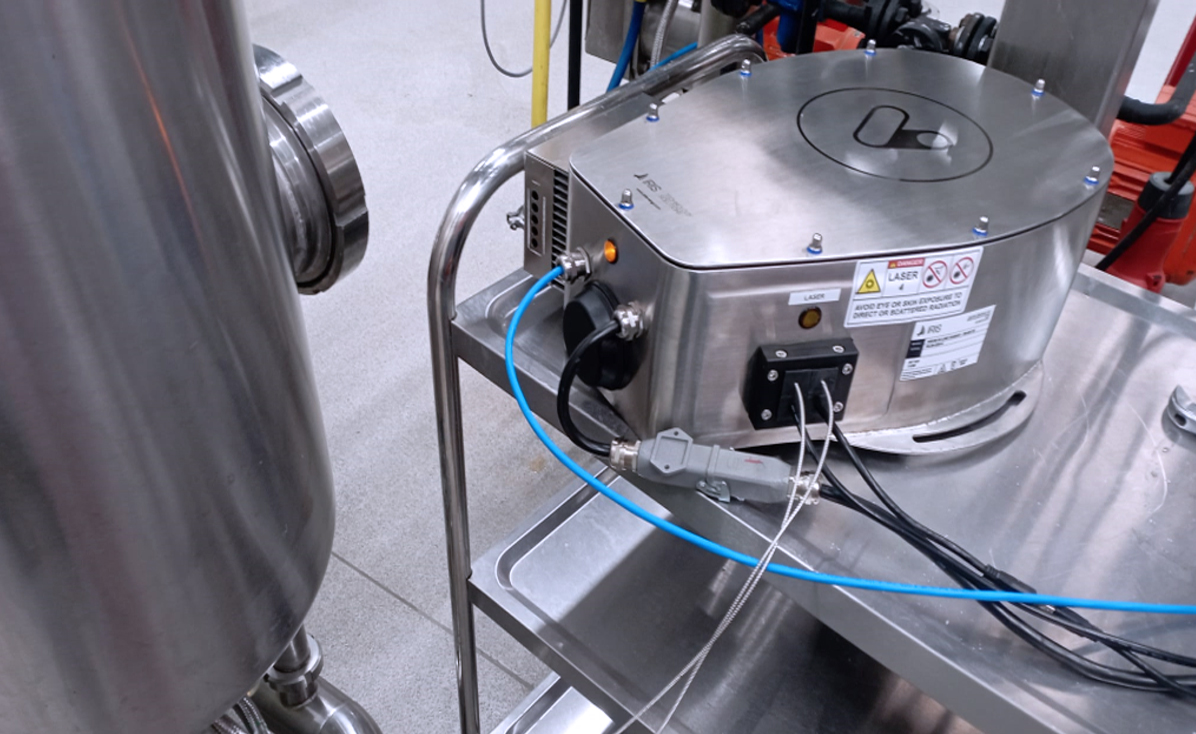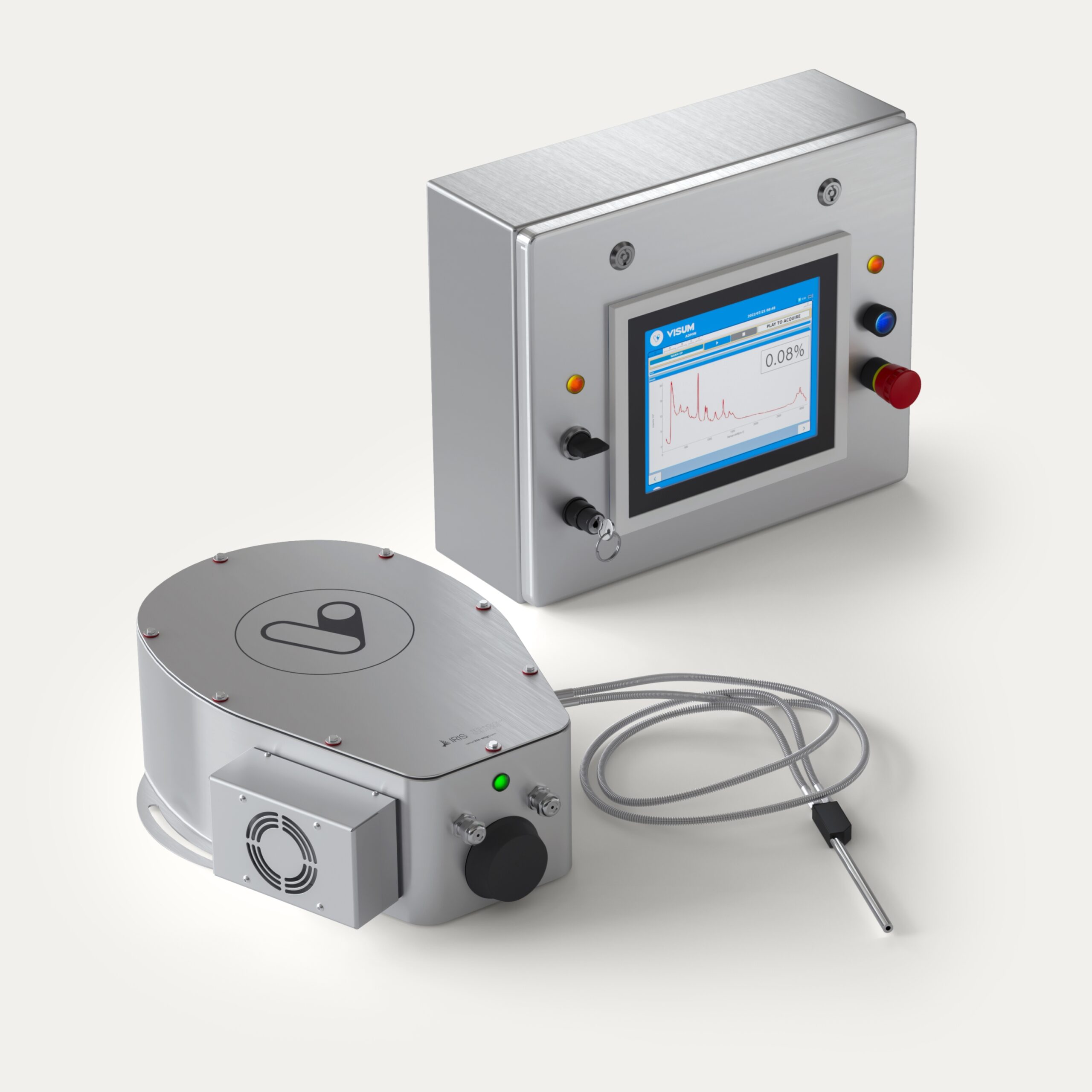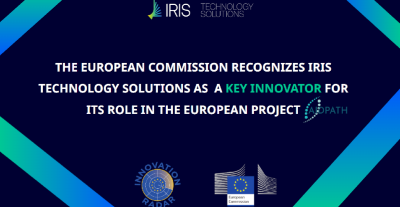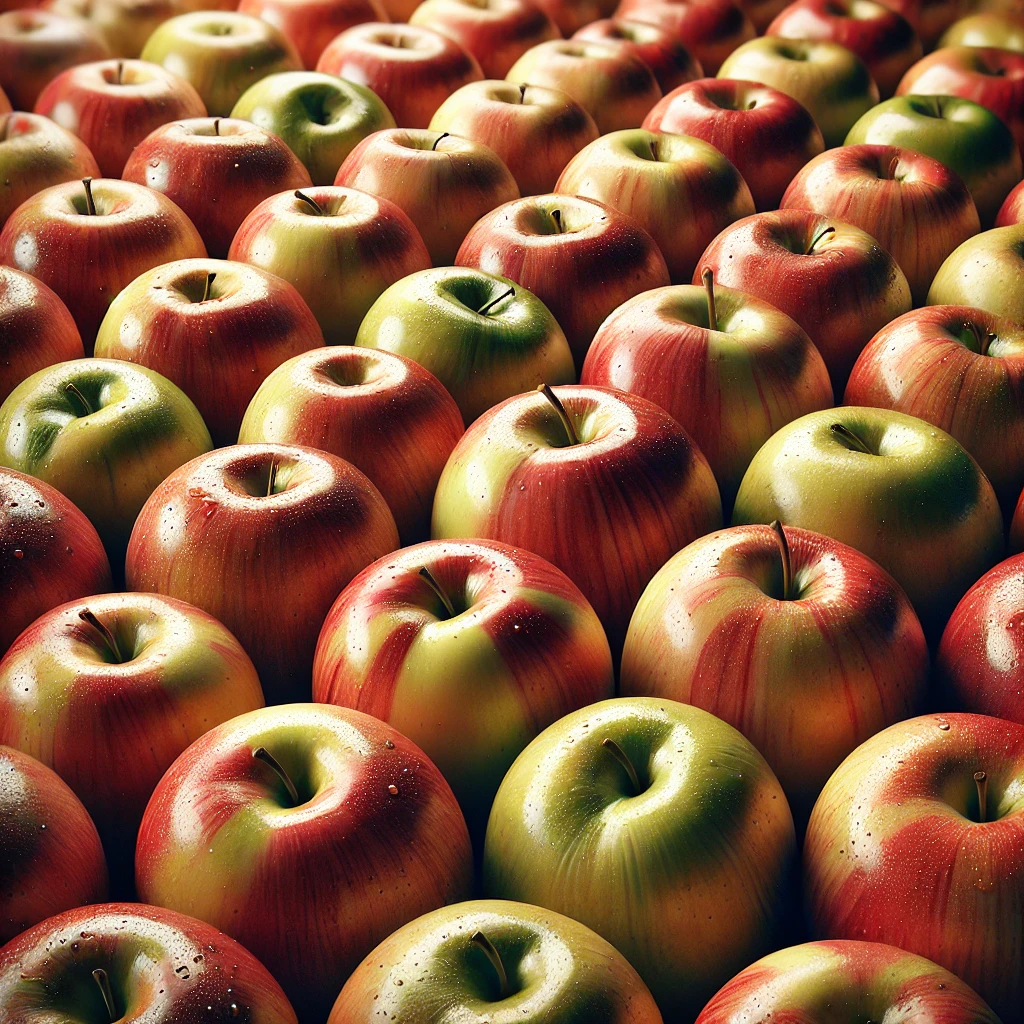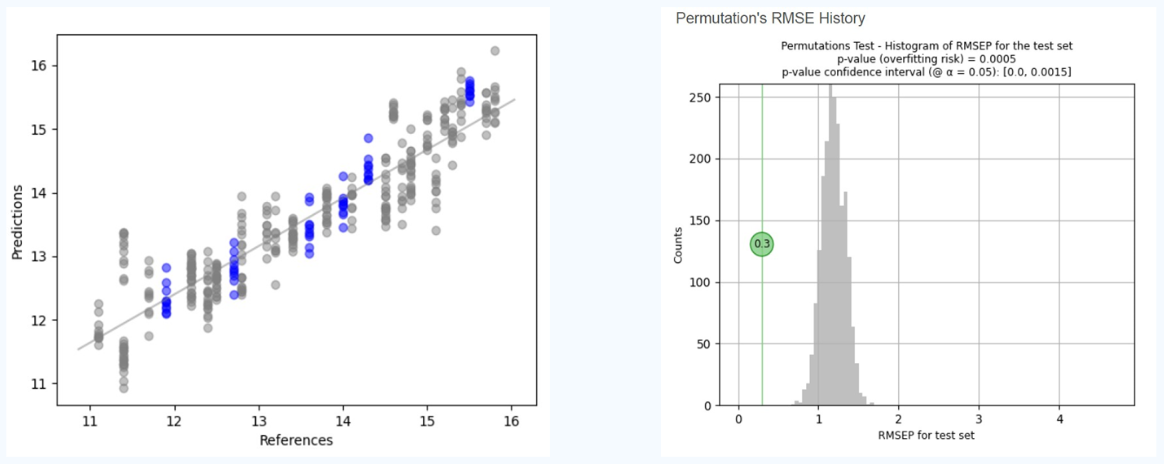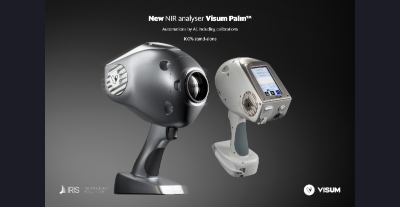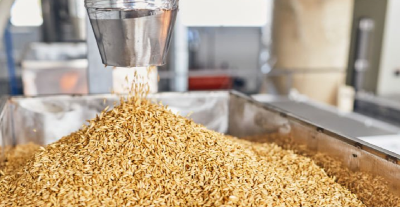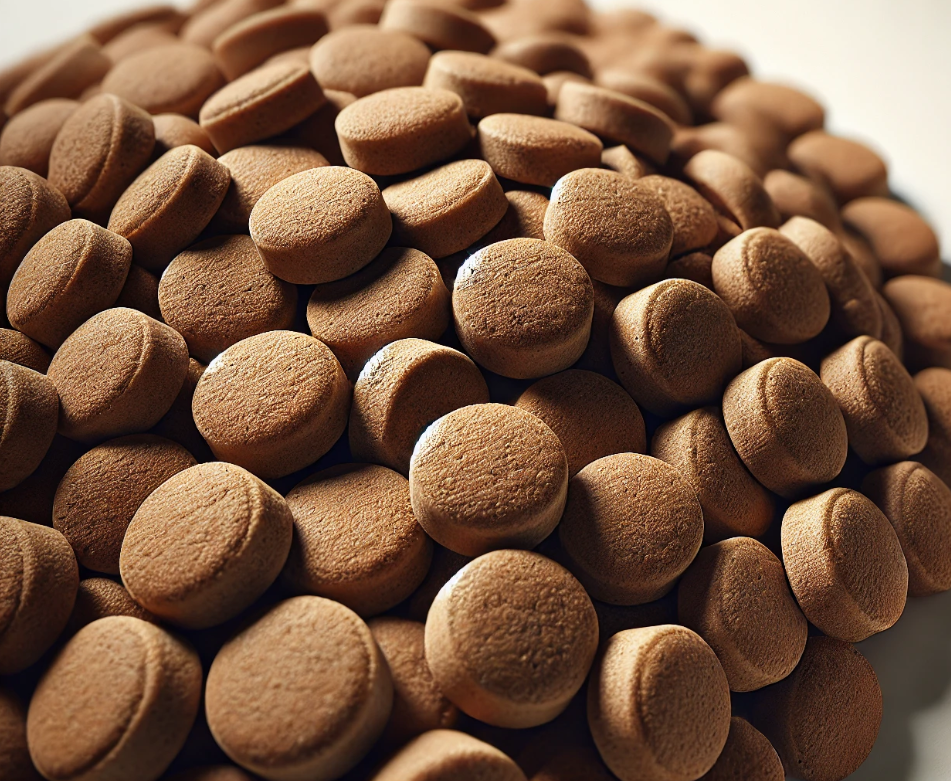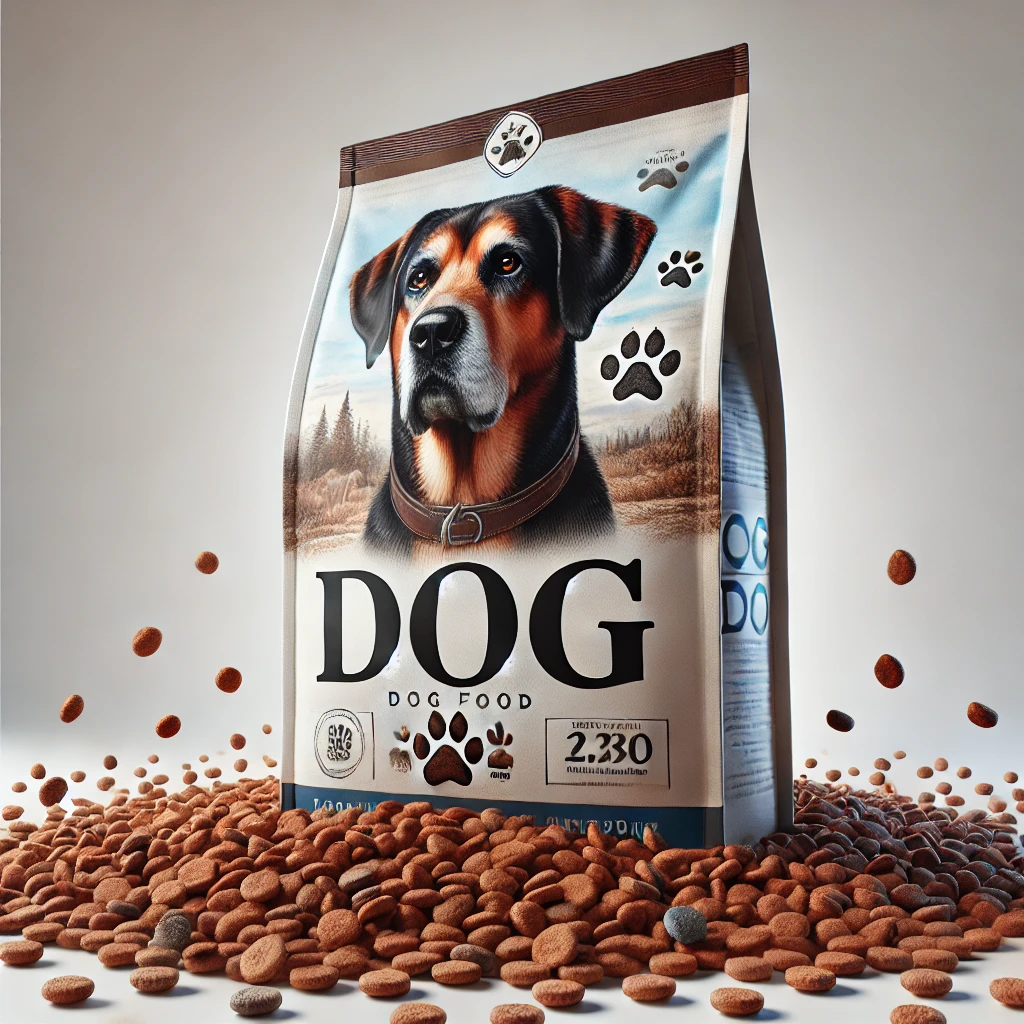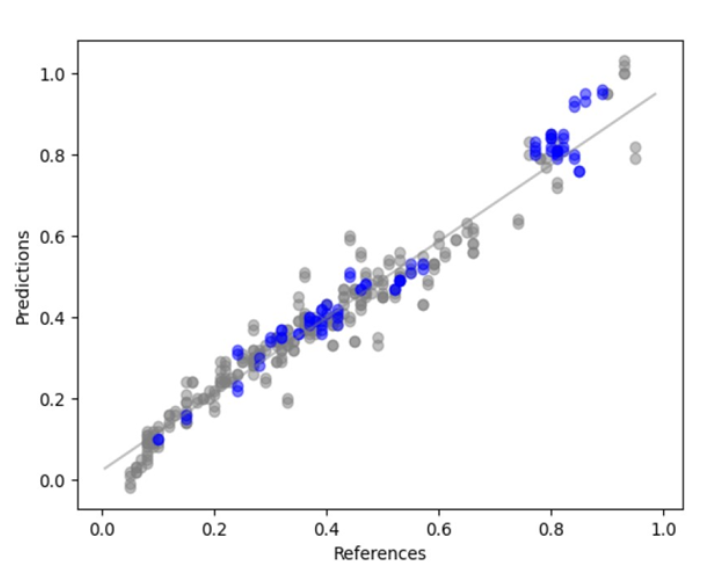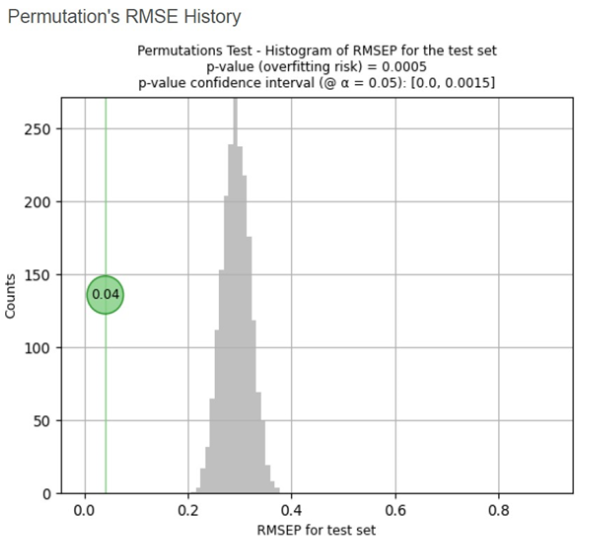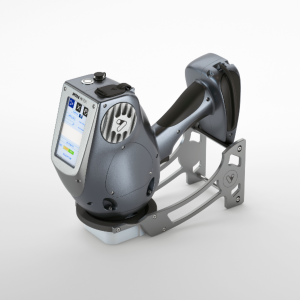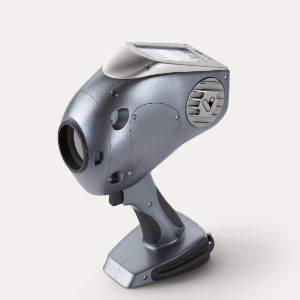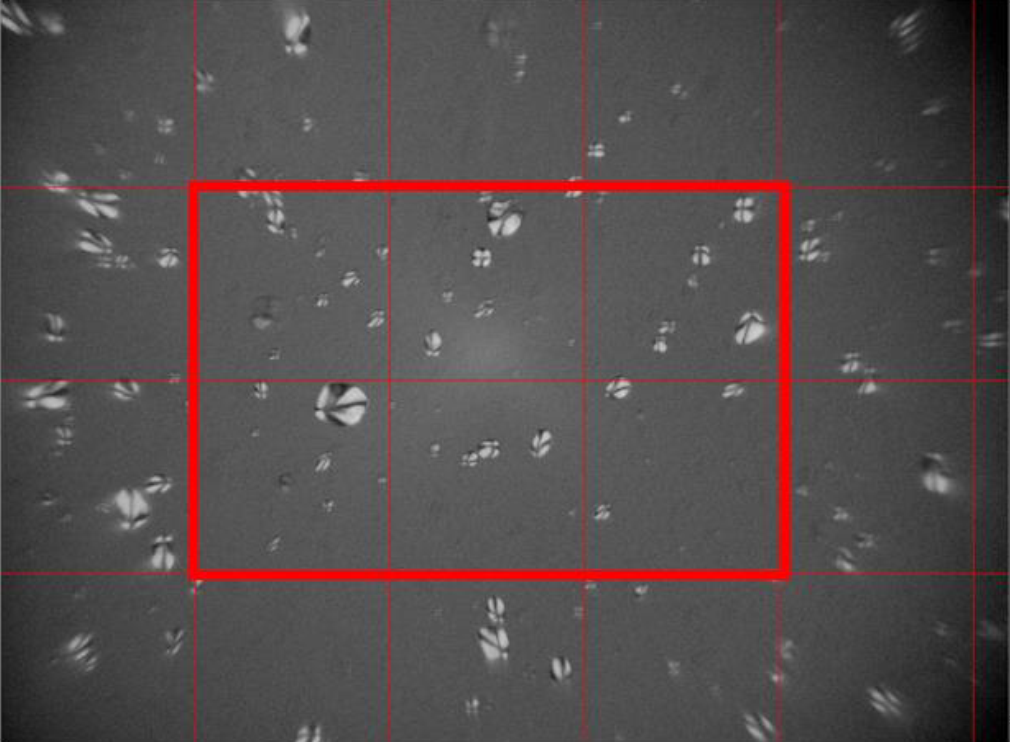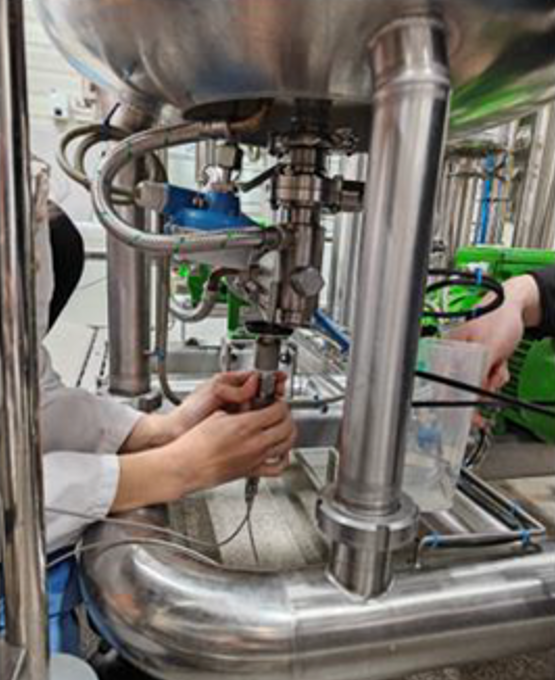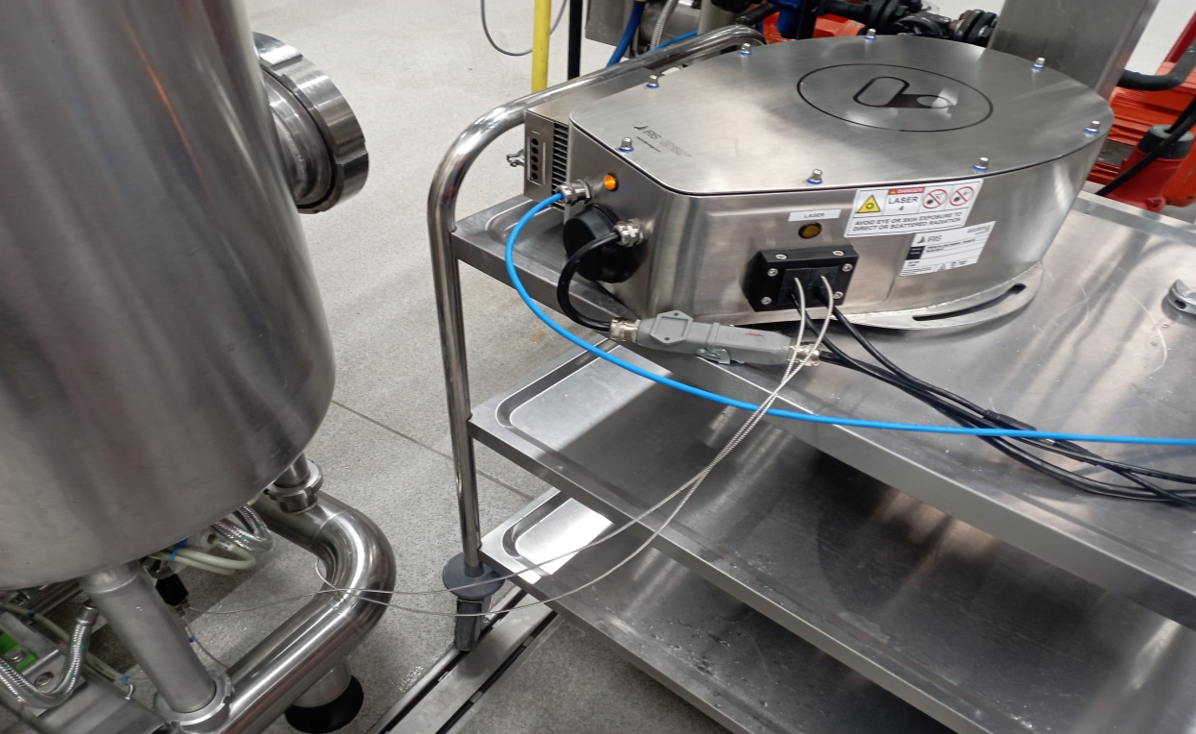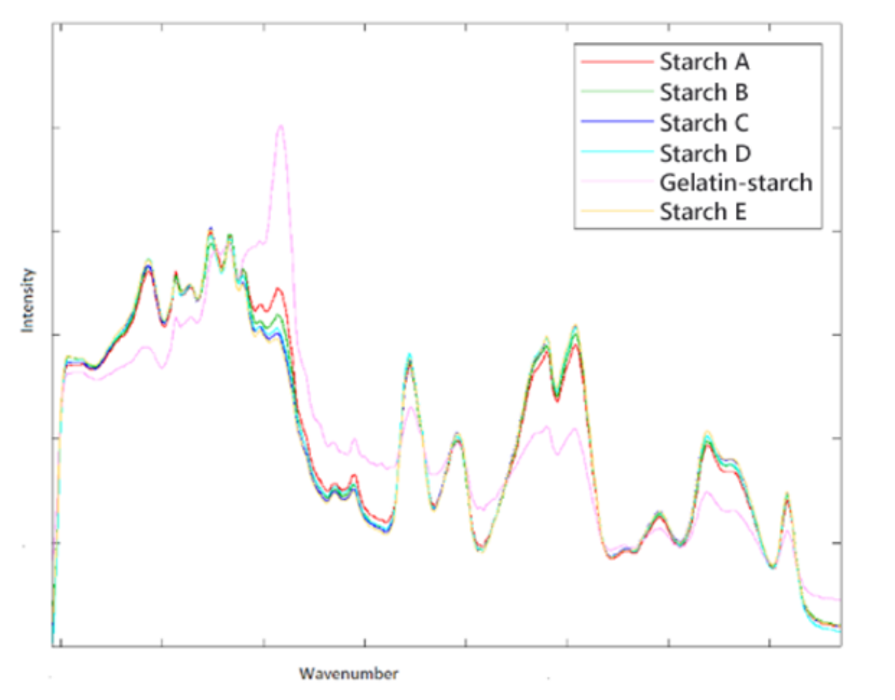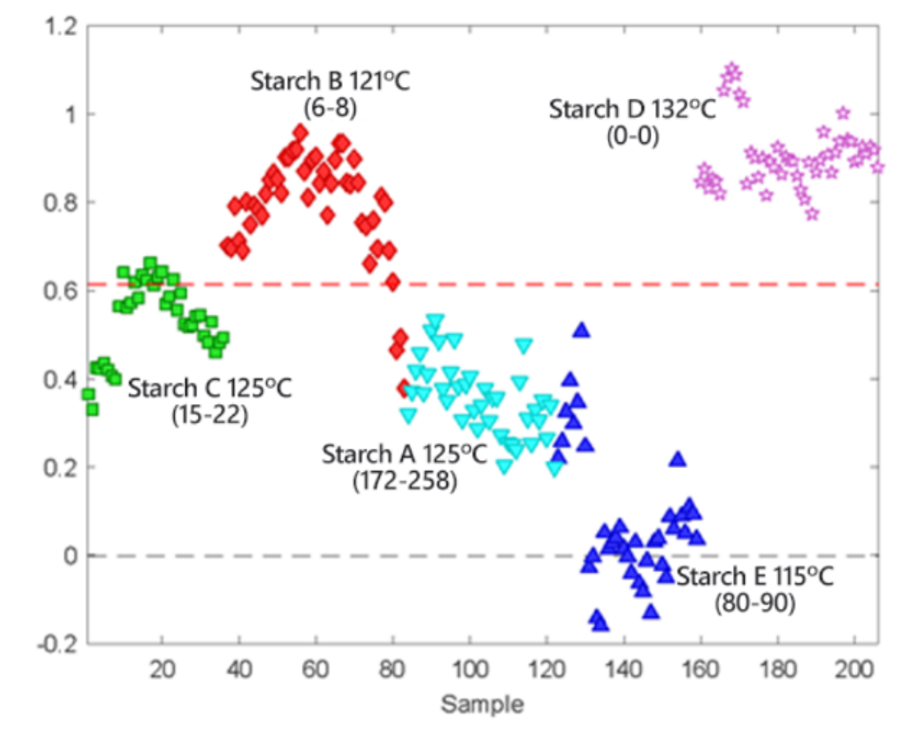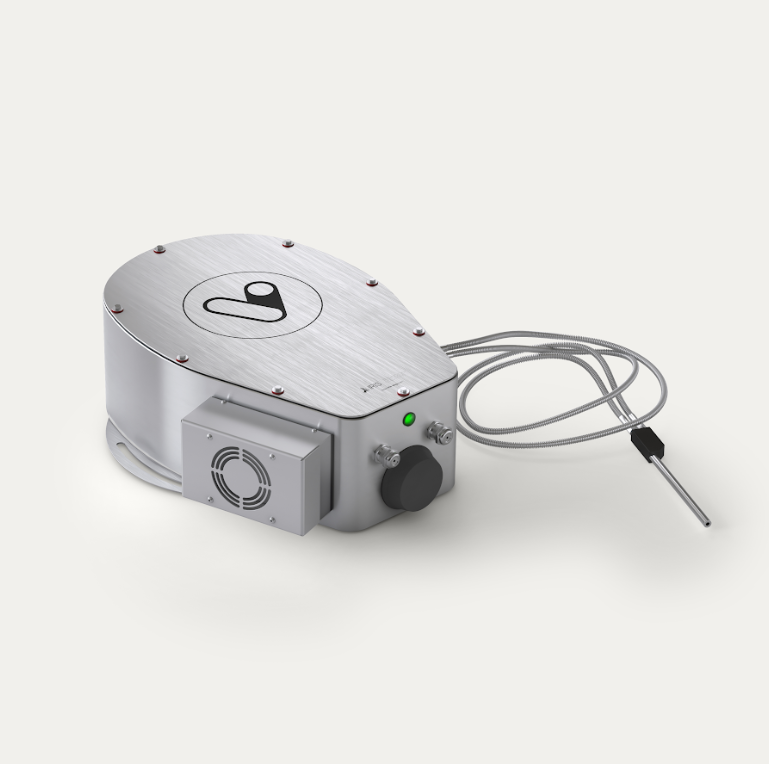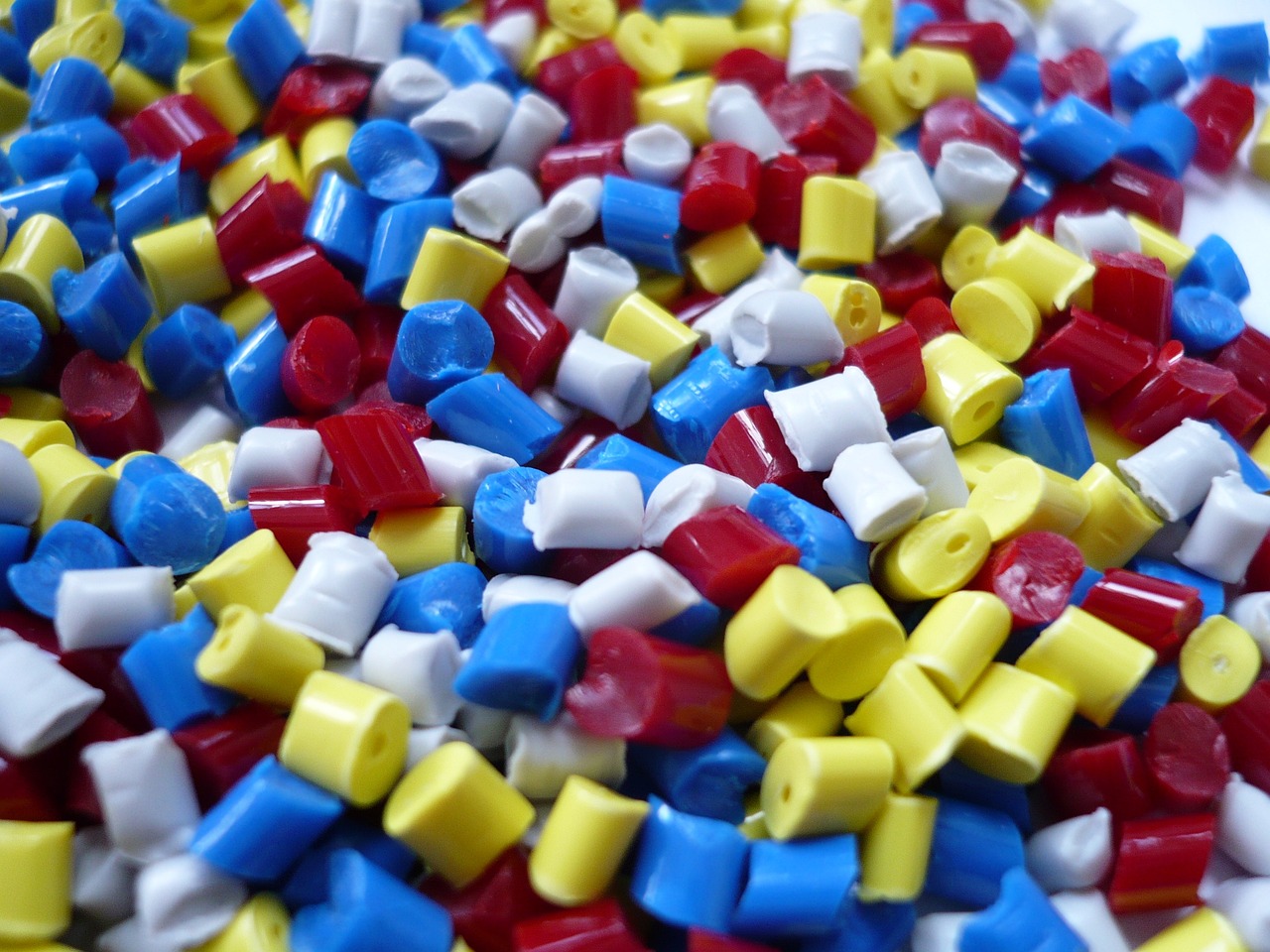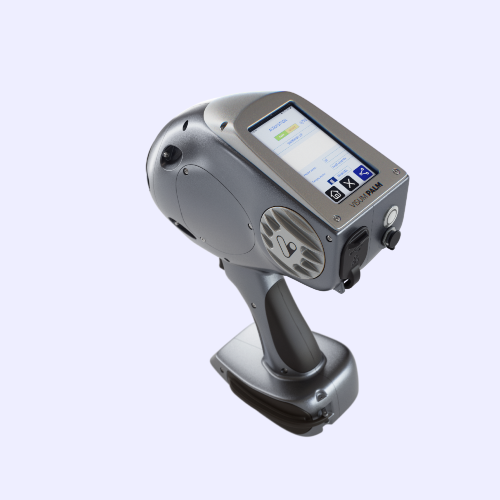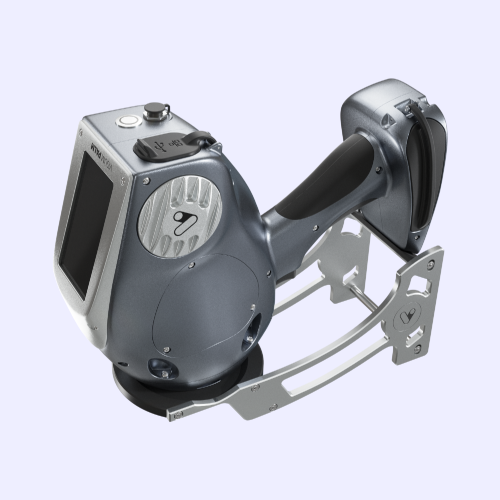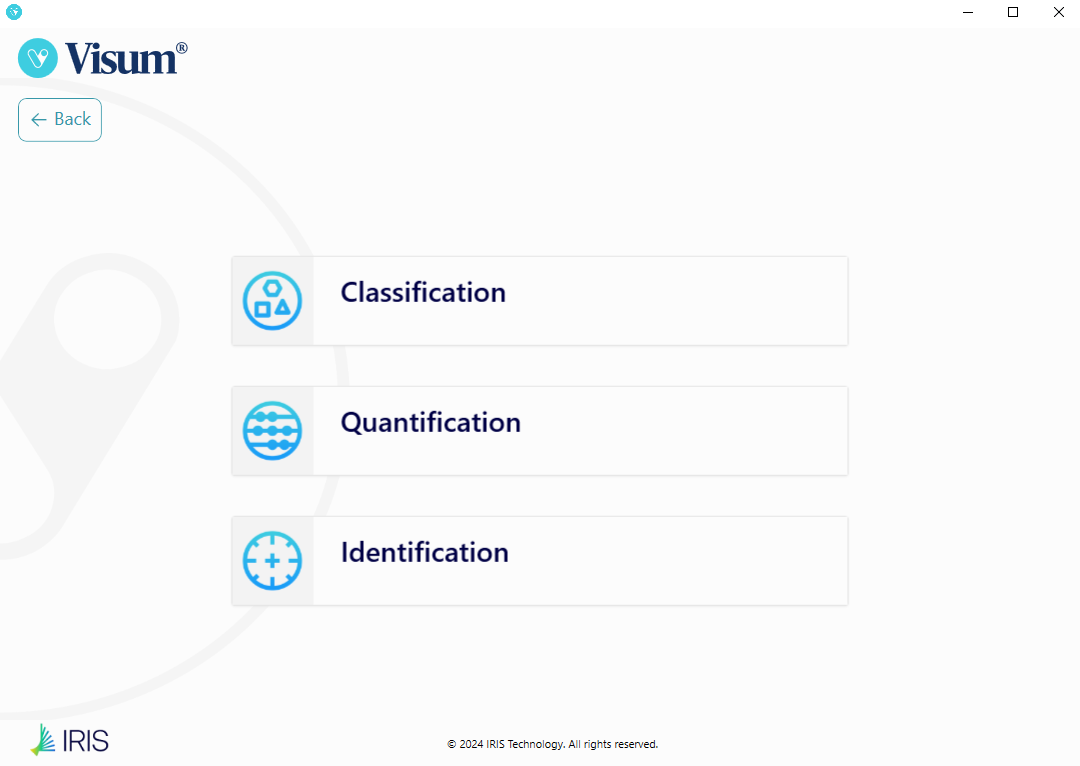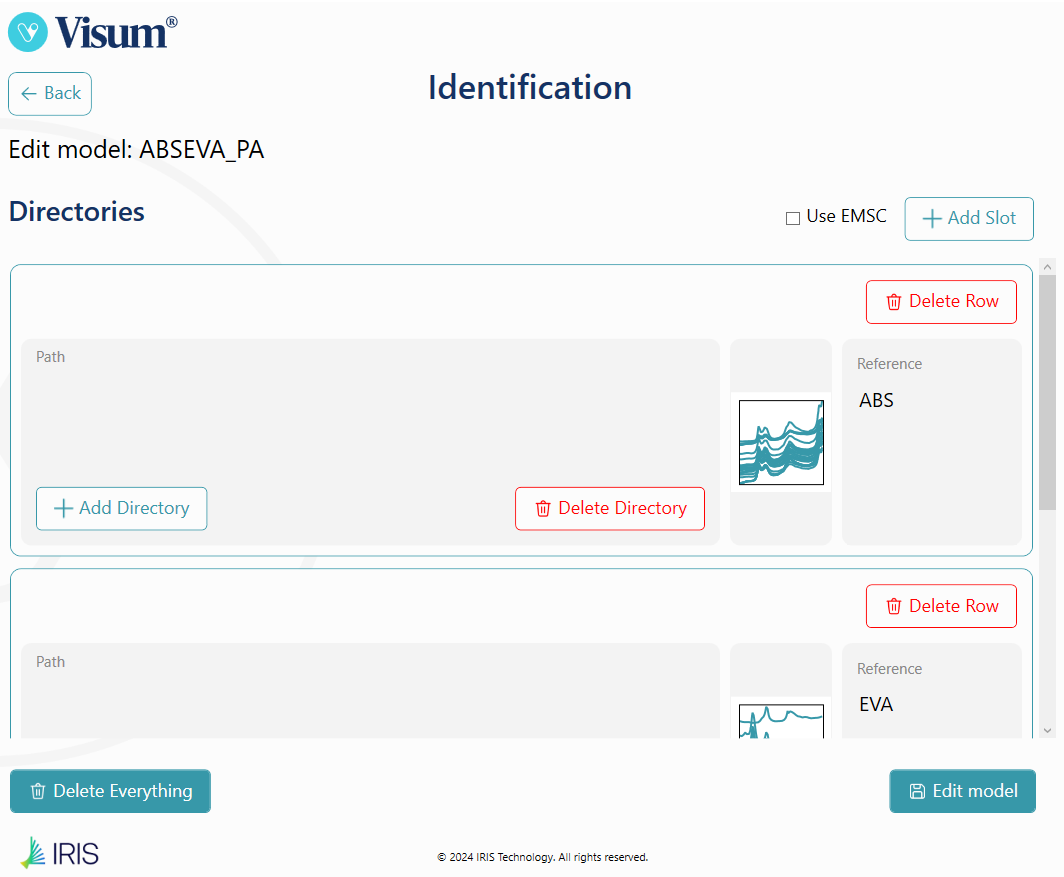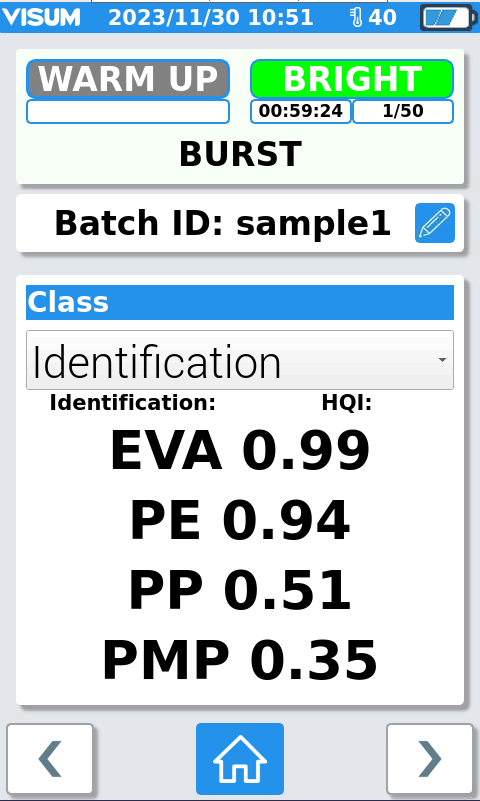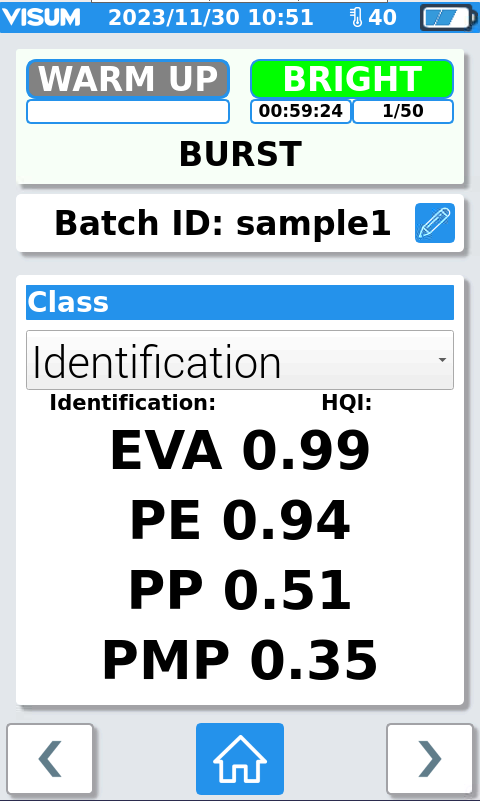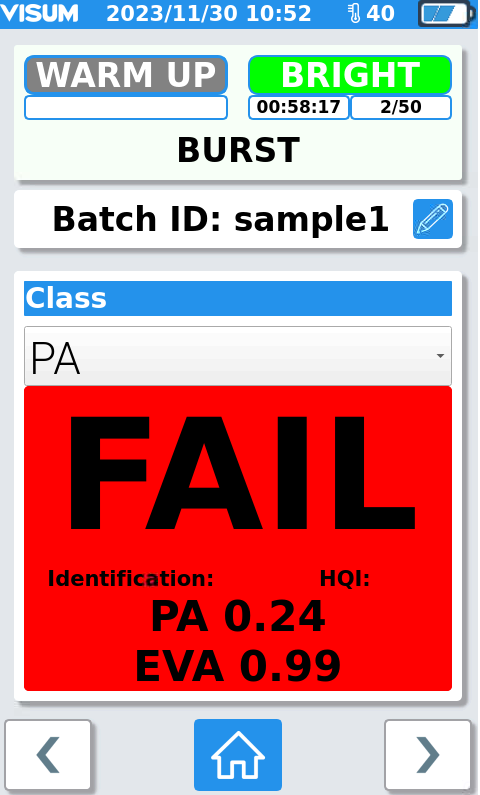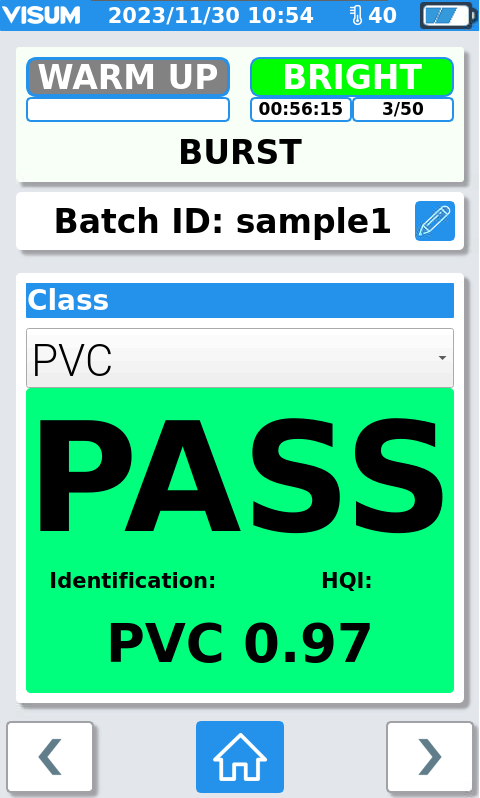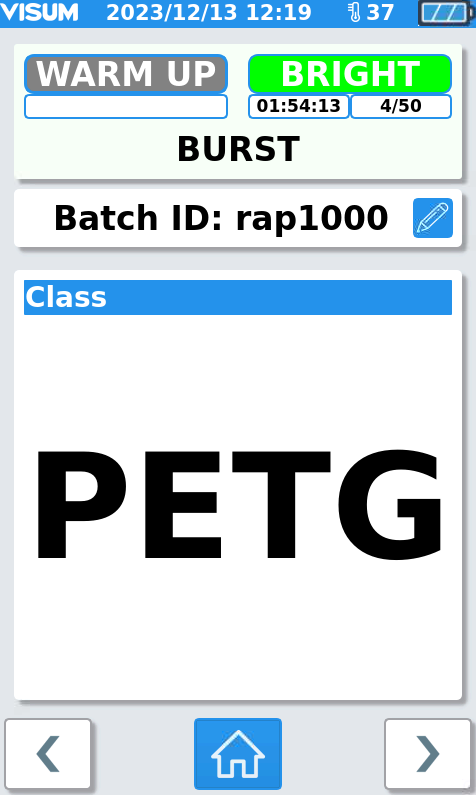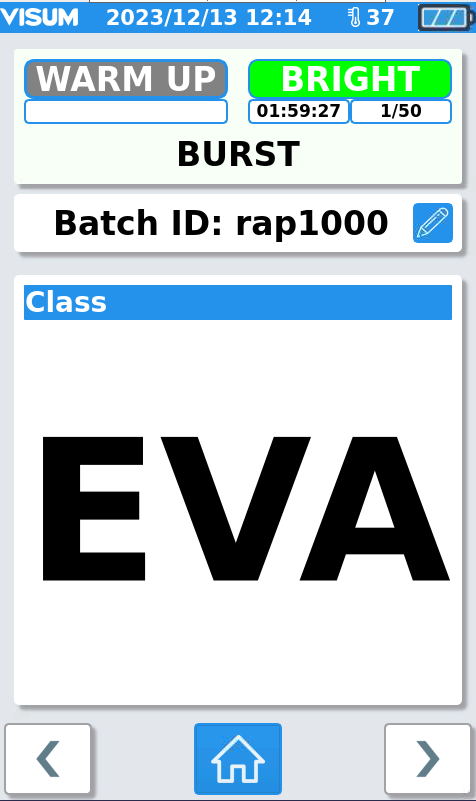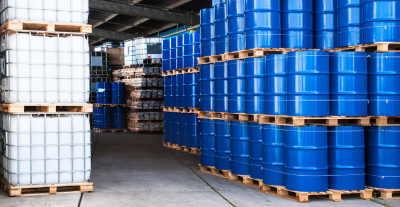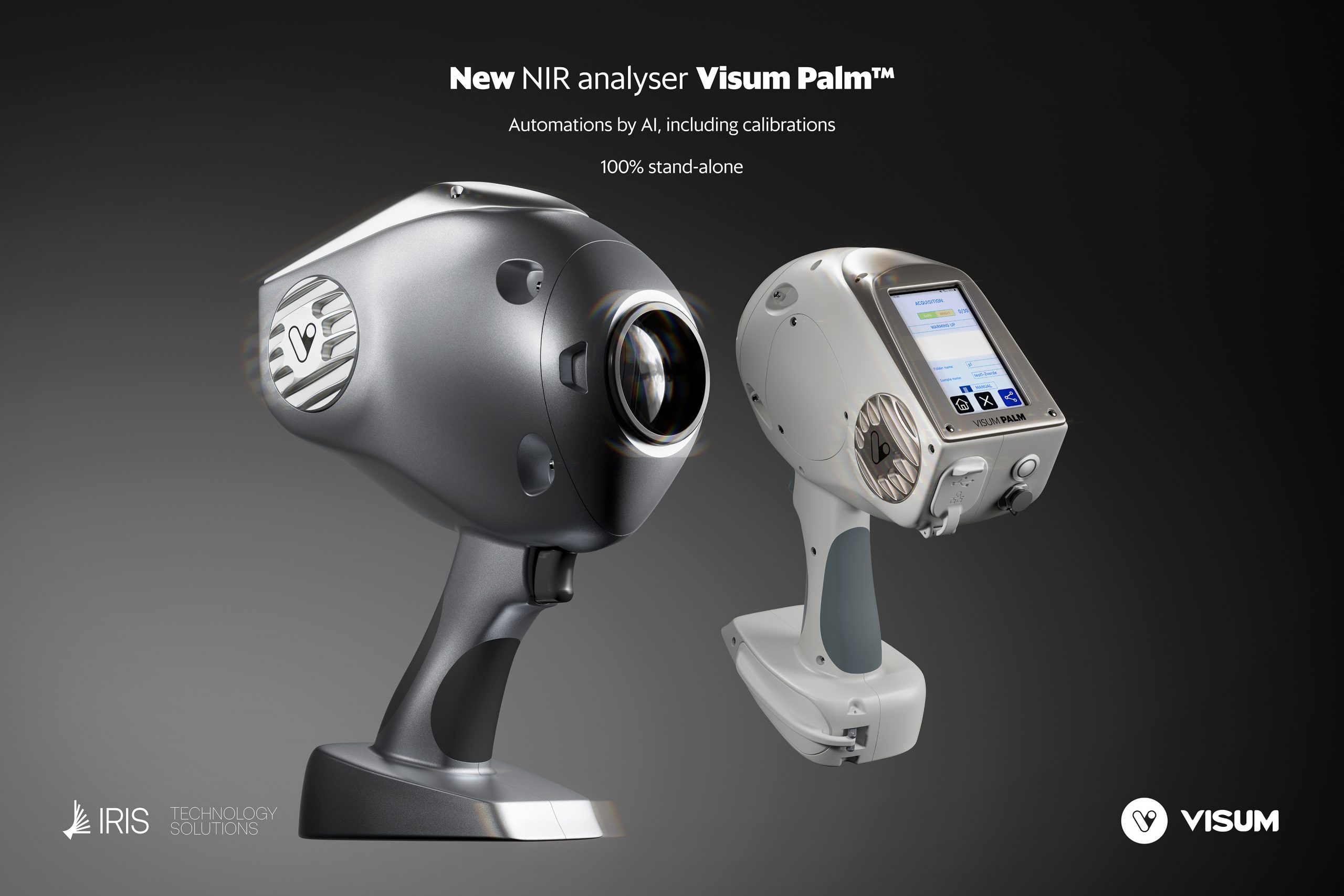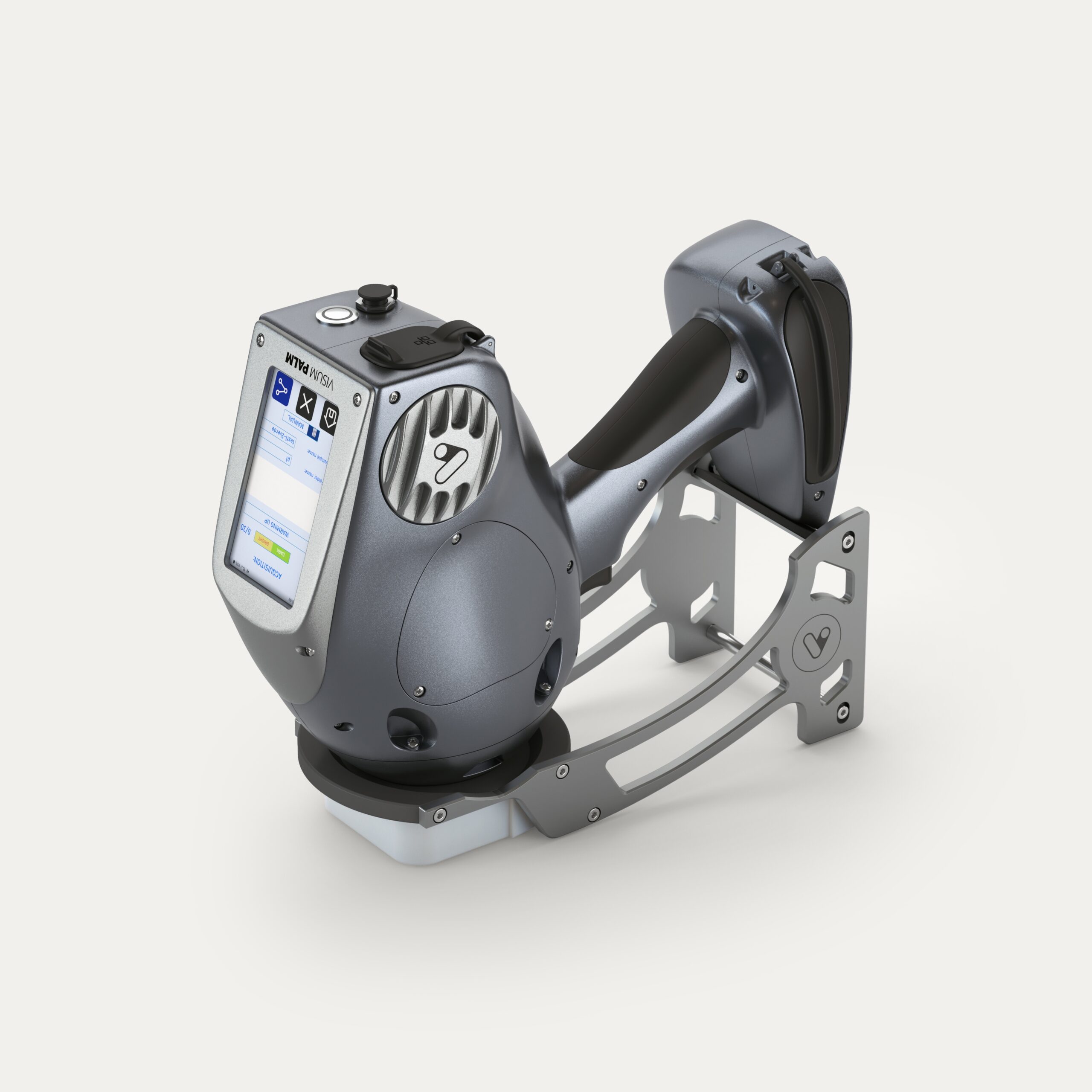
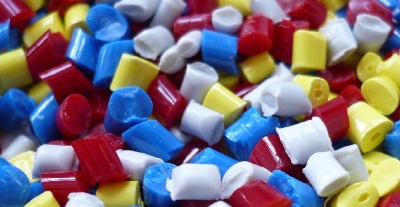 Plastic identification, verification and classification using Visum Palm™
Plastic identification, verification and classification using Visum Palm™
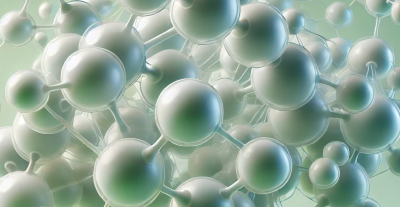 PLA (polilaktik asit) üretimi sırasında serbest lakti̇si̇ti̇n i̇zlenmesi̇
PLA (polilaktik asit) üretimi sırasında serbest lakti̇si̇ti̇n i̇zlenmesi̇

IRIS Technology: Leading the Way in Material Detection with Hyperspectral Imaging for RECLAIM project
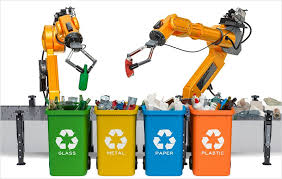
IRIS Technology: Leading the Way in Material Detection with Hyperspectral Imaging
IRIS Technology Solutions, a pioneer in photonics and artificial intelligence, is playing a key role in the European RECLAIM project as leader of Work Package 3 (WP3). The company is spearheading the development of an advanced material classification system prototype based on optical and spectroscopic techniques, with the aim of revolutionizing how waste materials are identified and categorized for recycling purposes.
Cutting-Edge Detection Using Hyperspectral Imaging
At the heart of IRIS’s contribution is a prototype system built around hyperspectral imaging (HSI). This technology captures detailed spectral data for each pixel in an image, producing a three-dimensional dataset—two spatial dimensions plus a spectral dimension. Each pixel carries a unique spectral signature that reflects the chemical composition of the material it represents.
To harness this powerful technology for waste classification, IRIS has designed and assembled a linear HSI system that has been posteriorly integrated in the portable robotic Material Recovery Facilities (prMRF) developed under the RECLAIM project allowing real-time monitoring and analysis of waste materials as they move along the belt of the pilot plant.
To ensure the maximization and quality of the spectral features of the analyzed material, various optical configurations were tested to identify the best setup for reliable spectra acquisition and consequent classification.
Advanced AI Algorithms
To interpret the massive amount of spectral data generated by the HSI system, IRIS has developed AI algorithms that analyze the chemical characteristics of materials. These models have been developed both by data collected at IRIS facilities and by real waste spectral data, to access the most representative data and ensure effective material prediction. The development process involved creating AI models that combined the spectral and spatial information provided by the HSI system to obtain trustworthy classification outputs. To support the classification AI models development, various data treatments and advanced AI algorithms have been tested and evaluated. IRIS has tested multiple system configurations, adjusting key variables such as camera frame rates, conveyor speeds, and the distance between the camera and the conveyor, to optimize detection performance under different operational scenarios.
A Breakthrough in Material Classification
One of the most significant achievements so far is the creation of an extensive classification model that goes beyond traditional broad categories. The model distinguishes between multiple waste types with high accuracy, identifying the following classes:
- METAL
- PAPER
- PET (Polyethylene Terephthalate)
- PE (Polyethylene with concrete differentiation between the High and Low Density)
- PP (Polypropylene)
- PS (Polystyrene)
This is a major milestone in plastic waste sorting, marking the first time that such detailed sub-classification of plastic polymers has been integrated into an operational industrial spectroscopic sorting system. By enabling the separation of similar-looking but chemically distinct plastics, this advancement significantly improves the quality and value of recycled materials.
